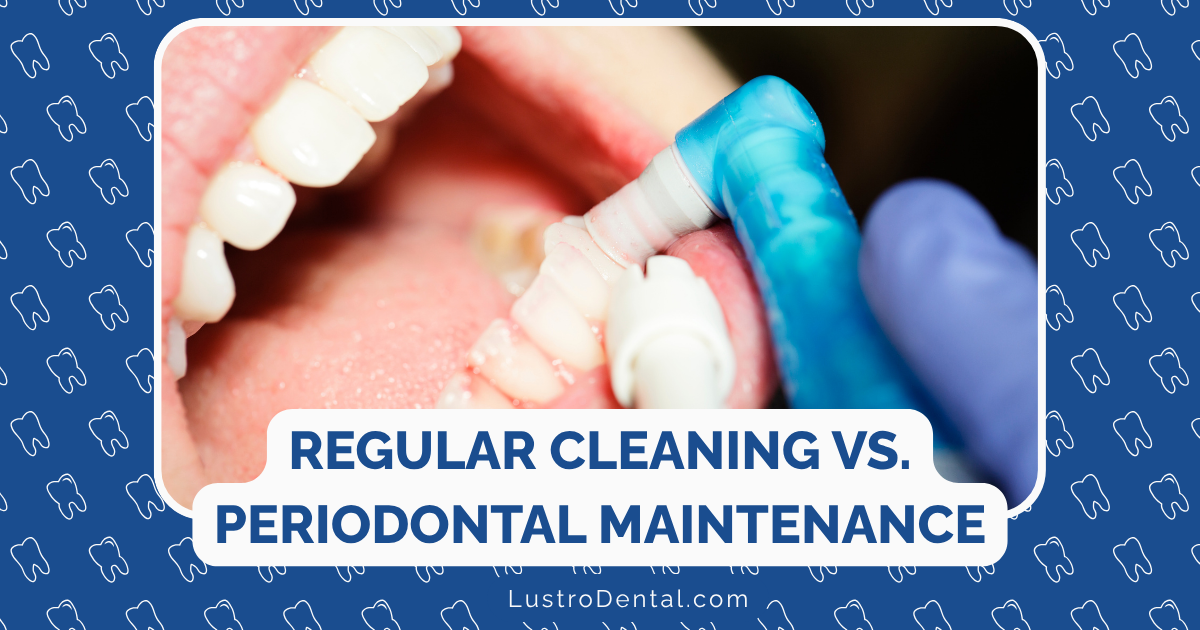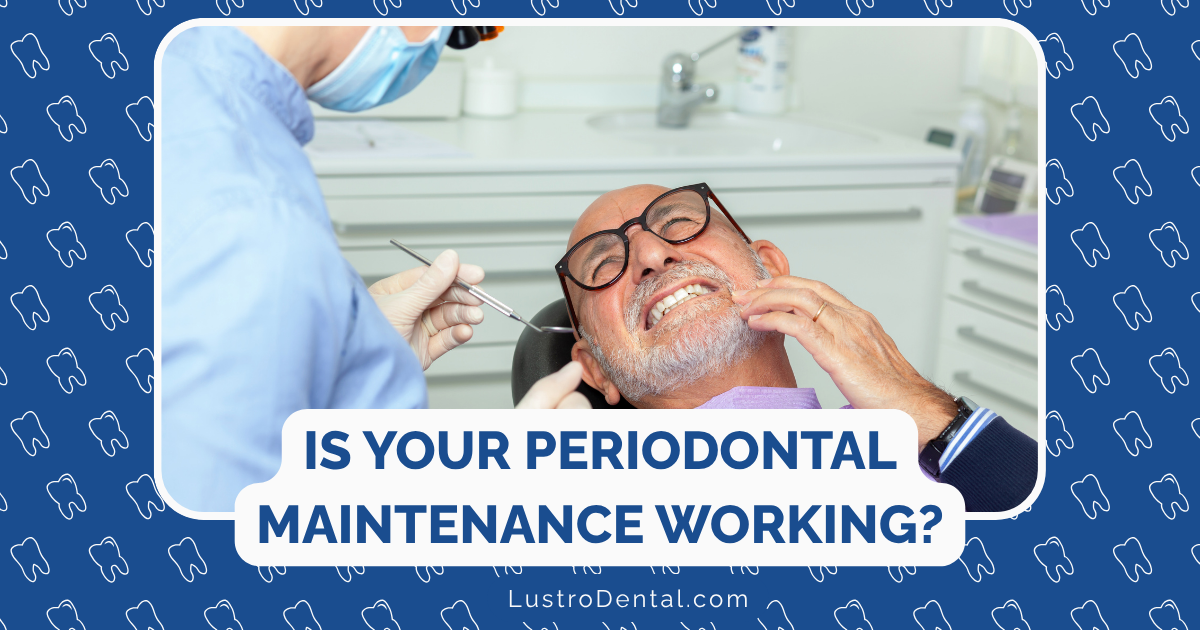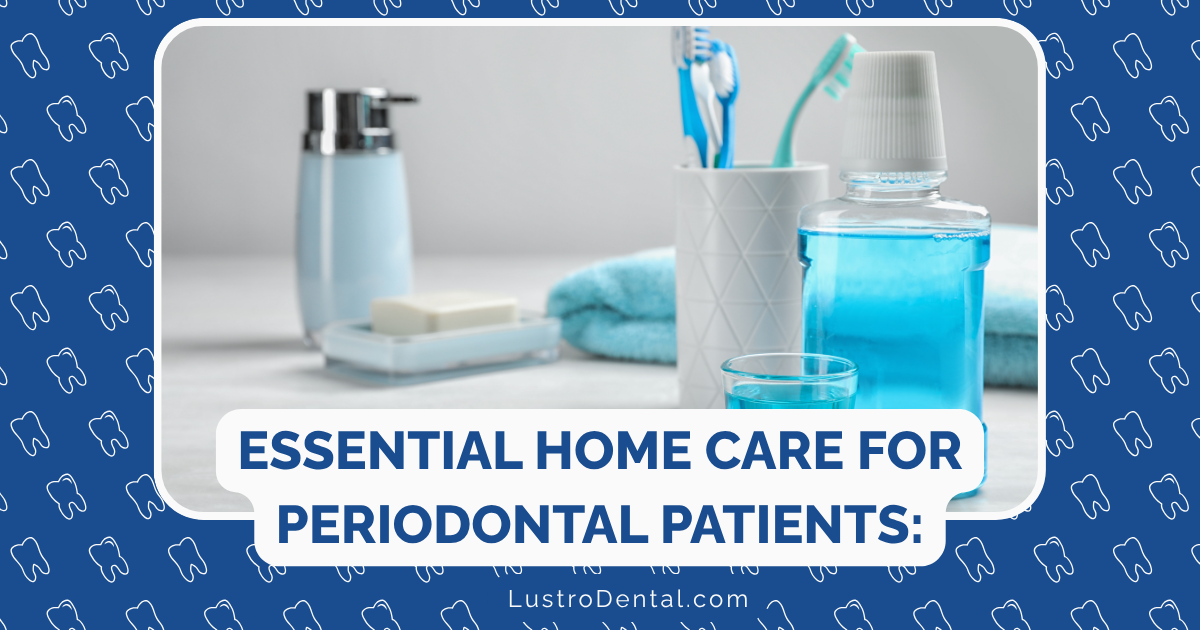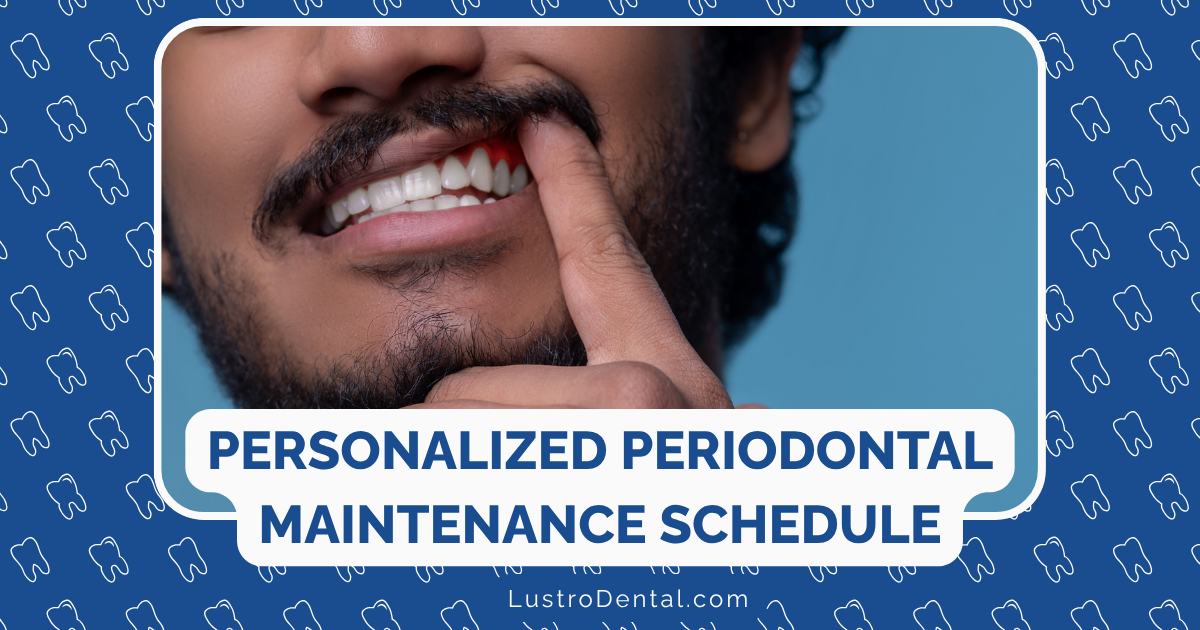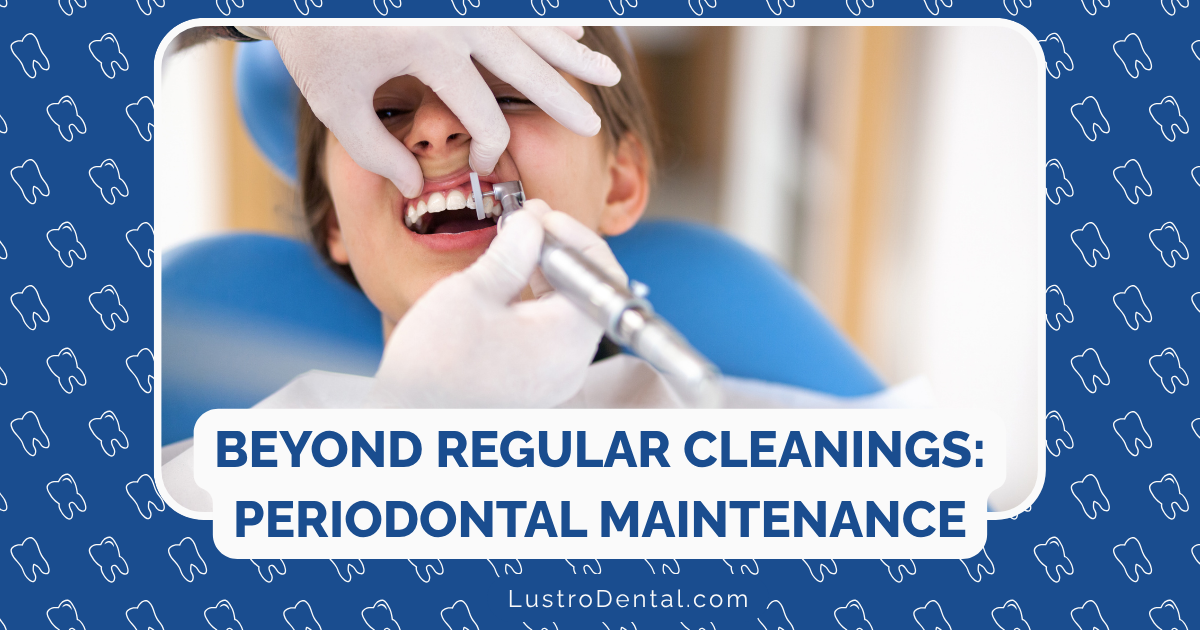Rescuing Your Gums: A Compassionate Approach to Bleeding and Inflammation
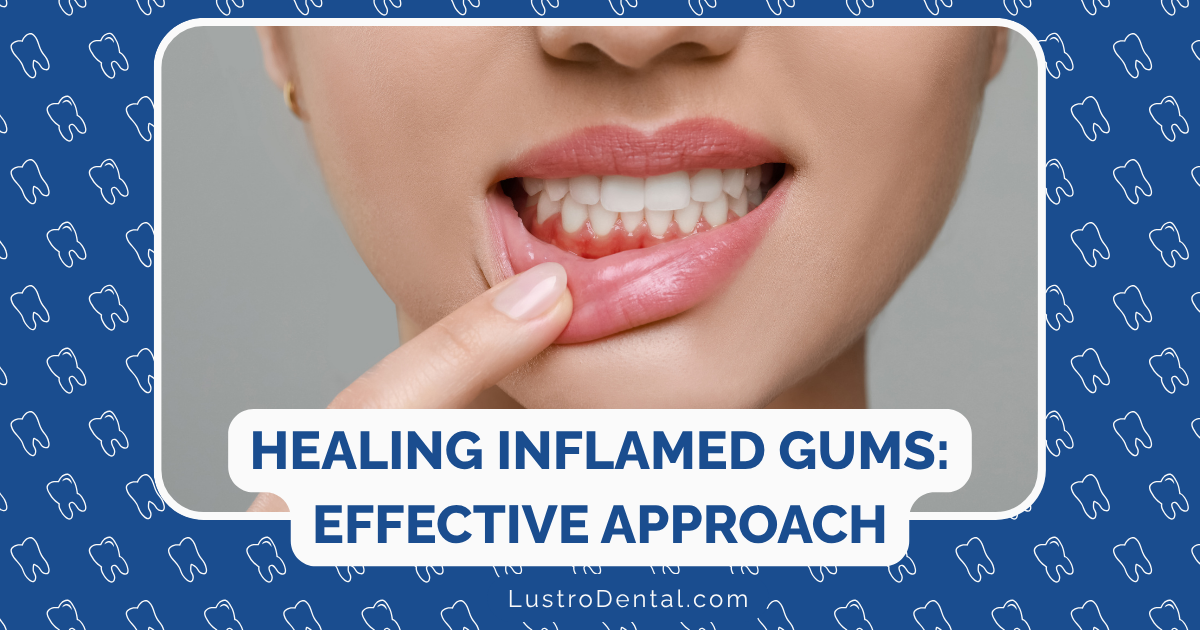
That alarming sight of pink on your toothbrush or floss can trigger immediate concern. If you’re experiencing bleeding gums, you’re not alone—nearly half of all adults over 30 show signs of gum disease, according to the CDC. But behind that statistic are real people experiencing discomfort, worry, and sometimes even embarrassment about their oral health.
This guide offers compassionate, effective approaches to rescue your gums from bleeding and inflammation, with both quick solutions for immediate relief and sustainable practices for long-term gum health.
Understanding Gum Bleeding and Inflammation: A Gentle Perspective
Before diving into solutions, let’s understand what your bleeding gums are trying to tell you. Rather than seeing this symptom as a failure of oral care, consider it your body’s way of communicating that something needs attention.
Common Causes of Bleeding Gums
- Gingivitis: The earliest stage of gum disease, characterized by inflammation due to plaque buildup along the gumline
- Aggressive Brushing: Sometimes our enthusiasm for clean teeth leads to brushing too hard
- Hormonal Changes: Pregnancy, menstruation, or hormonal medications can increase blood flow to gums
- New Flossing Routine: When you first start flossing or resume after a break, temporary bleeding is common
- Medication Effects: Blood thinners and certain other medications can increase bleeding tendency
- Vitamin Deficiencies: Particularly vitamins C and K, which play roles in gum health and blood clotting
- Ill-Fitting Dental Appliances: Dentures or other devices that rub against gums can cause irritation
The Mind-Body Connection in Gum Health
Interestingly, research presented at EuroPerio11 in May 2025 suggests that lifestyle factors like dietary patterns can significantly impact gum inflammation. The study found that intermittent fasting might help reduce gum inflammation and improve various health markers—highlighting the connection between our overall health habits and oral health.
Quick Relief: Compassionate First Aid for Bleeding Gums
When you notice bleeding gums, these gentle interventions can provide immediate relief while addressing the underlying inflammation:
1. Salt Water Rinse: Nature’s Gentle Antiseptic
How: Dissolve ½ teaspoon of sea salt in a cup of warm water. Gently swish for 30 seconds, then spit.
Why It Works: Salt water creates an environment where bacteria struggle to survive while reducing inflammation naturally. It’s also soothing to irritated tissues.
Compassionate Tip: Use this rinse 2-3 times daily, especially after meals, for both immediate relief and ongoing support.
2. Cold Compress: Soothing Inflammation
How: Apply a clean cloth wrapped around ice (or a cold pack) to the outside of your mouth near the bleeding area for 5-10 minutes.
Why It Works: Cold constricts blood vessels, reducing blood flow and swelling while numbing discomfort.
Compassionate Tip: This method is particularly helpful before bedtime if gum discomfort is affecting your sleep.
3. Tea Bag Therapy: Tannin Treatment
How: Steep a black tea bag in hot water for 2-3 minutes, then remove and allow it to cool slightly (should be warm, not hot). Apply the damp tea bag directly to the bleeding area for 5 minutes.
Why It Works: Black tea contains tannins that help constrict blood vessels and reduce bleeding. The tea also contains compounds with antimicrobial properties.
Compassionate Tip: This can be a soothing ritual that doubles as self-care time—perhaps combined with a few minutes of mindful breathing.
4. Turmeric Paste: Ancient Wisdom for Modern Gums
How: Mix ¼ teaspoon of turmeric powder with a few drops of water to create a paste. Apply directly to gums with a clean finger, leave for 5 minutes, then rinse thoroughly.
Why It Works: Turmeric contains curcumin, which has powerful anti-inflammatory and antimicrobial properties that can reduce swelling and fight bacteria.
Compassionate Tip: While effective, turmeric can temporarily stain, so apply carefully and perhaps use this method in the evening.
5. Gentle Oil Pulling: Traditional Cleansing
How: Swish 1 tablespoon of coconut oil in your mouth for 5-10 minutes (working up to 15-20 minutes over time), then spit into trash (not sink) and rinse with warm water.
Why It Works: Oil pulling helps reduce bacteria and toxins in the mouth. Coconut oil also has natural antimicrobial properties.
Compassionate Tip: This practice can feel unusual at first—start with just 5 minutes and gradually increase as you become comfortable with the sensation.
Beyond Quick Fixes: A Holistic Rescue Plan
While the above remedies provide immediate relief, rescuing your gums fully requires addressing root causes with these compassionate approaches:
1. Gentle Brushing Technique: Kindness at the Gumline
The way you brush matters as much as how often you brush. Adopt these gentle techniques:
- Use a soft-bristled toothbrush—medium or hard bristles can damage delicate gum tissue
- Hold your brush at a 45-degree angle to your gums
- Use gentle, circular motions rather than aggressive back-and-forth scrubbing
- Consider an electric toothbrush with pressure sensors that alert you when you’re brushing too hard
According to Emergency Dental of Denver, electric toothbrushes are more effective at removing plaque compared to manual brushes, potentially making a significant difference in gum health.
2. Mindful Flossing: Respect the Spaces
Flossing doesn’t have to be traumatic for your gums:
- Use waxed floss, which glides more gently between teeth
- Form a C-shape around each tooth rather than forcing floss directly onto gums
- Move gently up and down rather than sawing back and forth
- Consider interdental brushes or water flossers if traditional floss causes persistent bleeding
3. Nutrition for Gum Rescue: Feeding Healing
What you eat directly impacts your gum health:
- Vitamin C-Rich Foods: Bell peppers, citrus fruits, strawberries, and broccoli support gum tissue health and healing
- Vitamin K Sources: Leafy greens like kale and spinach help with blood clotting
- Omega-3 Fatty Acids: Found in fatty fish, flaxseeds, and walnuts, these reduce inflammation throughout the body, including gums
- Crunchy Fruits and Vegetables: Apples, carrots, and celery help clean teeth naturally while stimulating beneficial saliva production
- Green Tea: Contains catechins that fight inflammation and inhibit the growth of certain bacteria
4. Hydration: The Simple Solution
Drinking adequate water throughout the day helps in multiple ways:
- Rinses away food particles and bacteria
- Promotes saliva production, which contains proteins and minerals that protect gum tissue
- Helps maintain overall tissue health and function
Aim for at least 8 glasses daily, and consider additional hydration if you exercise or consume dehydrating beverages like coffee or alcohol.
5. Stress Management: The Overlooked Factor
Chronic stress can weaken your immune system, making it harder for your body to fight off the bacteria that cause gum inflammation. Compassionate stress-reduction practices include:
- Brief meditation sessions
- Gentle yoga or tai chi
- Deep breathing exercises
- Regular physical activity
- Adequate sleep
- Connecting with supportive people
Even 5-10 minutes of conscious relaxation daily can make a difference in your body’s inflammatory response.
Emerging Treatments: The Future of Gum Rescue
Exciting developments in gum health treatment offer hope for those with persistent issues:
Advanced Home Care
According to West Palm Beach Family Dental, several innovative approaches are becoming available:
- Nanotechnology-enhanced toothpastes and mouthwashes that target specific bacteria causing gum disease
- Smart home dental devices that track brushing habits and provide real-time feedback
- Probiotic oral care products that help restore beneficial bacteria in the mouth
Professional Innovations
If home care isn’t sufficient, these professional treatments show promise:
- Advanced laser therapy that precisely targets diseased tissue while promoting healing
- Topical anti-inflammatory gels that specifically address the mechanisms of gum inflammation
Researchers at NYU College of Dentistry have developed a promising topical gel that targets inflammation and alters oral bacteria composition, potentially offering a non-invasive at-home treatment option.
When to Seek Professional Help: Compassionate Self-Care
While the approaches above can address mild to moderate gum issues, certain signs indicate the need for professional care:
- Persistent bleeding despite improved oral hygiene
- Receding gums
- Loose teeth
- Pus between teeth and gums
- Chronic bad breath that doesn’t improve with good oral hygiene
- Changes in how your teeth fit together when you bite
According to University of Colorado School of Dental Medicine, regular dental checkups are essential not just for gum health but for detecting serious conditions like cancer and diabetes that might first present with oral symptoms.
A Compassionate Timeline for Gum Healing
Healing takes time, and understanding the typical timeline can help manage expectations:
- 24-48 hours: Reduction in bleeding with salt water rinses and gentle brushing
- 1-2 weeks: Noticeable decrease in gum inflammation with consistent care
- 2-4 weeks: Significant improvement in gum health with comprehensive approach
- 3-6 months: Complete gum tissue healing and restoration with professional treatment if needed
The Whole-Body Connection: Why Gum Health Matters
Recent research continues to strengthen our understanding of how gum health connects to overall wellbeing. Inflammation from gum disease doesn’t stay confined to your mouth—it can affect nearly every organ system in your body.
Studies have linked gum disease to increased risk of:
- Heart disease and stroke
- Diabetes complications
- Respiratory issues
- Certain cancers
- Alzheimer’s disease
- Pregnancy complications
By rescuing your gums, you’re potentially protecting your entire body.
Your Compassionate Gum Rescue Plan: Putting It All Together
For Immediate Relief (First 24-48 Hours):
- Salt water rinses after meals and before bed
- Cold compress for 5-10 minutes when experiencing discomfort
- Tea bag therapy once daily
- Gentle brushing with soft-bristled brush
For Weeks 1-2:
- Continue salt water rinses twice daily
- Begin oil pulling for 5 minutes each morning
- Implement proper brushing technique
- Introduce gentle flossing if not already part of routine
- Increase consumption of vitamin C-rich foods
For Long-Term Gum Health (Ongoing):
- Maintain gentle but thorough brushing twice daily
- Floss or use interdental cleaners once daily
- Oil pull 3-4 times weekly
- Stay well-hydrated
- Consume a nutrient-rich diet
- Manage stress through mindfulness practices
- Schedule regular dental checkups
A Final Note of Compassion
Remember that healing is rarely linear. You might experience improvements followed by temporary setbacks. This is normal and not a reason for discouragement. Each step you take toward better gum health matters, and small, consistent actions often lead to the most sustainable results.
Your gums support you every day—they deserve gentle care and attention when they signal distress. By responding with compassion rather than judgment, you create the conditions for true healing and long-term oral health.
Have you found particular approaches helpful for your gum health? Share your experiences in the comments below to help others on their healing journey.


